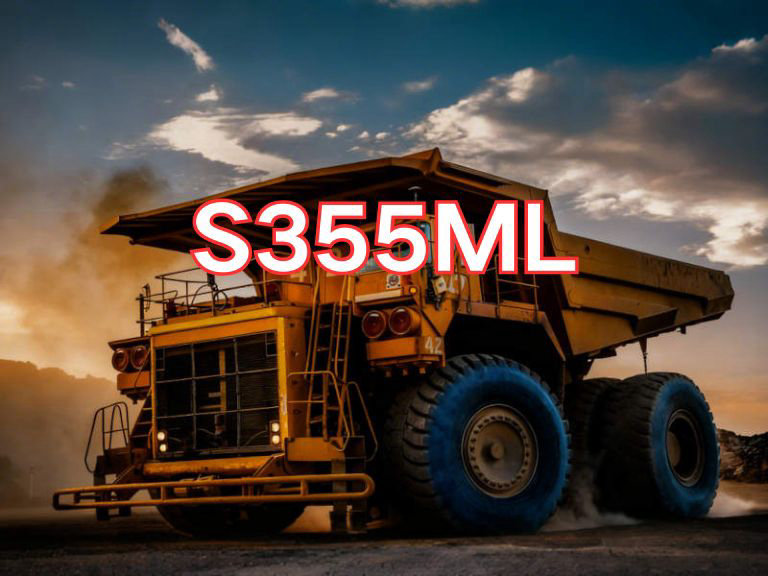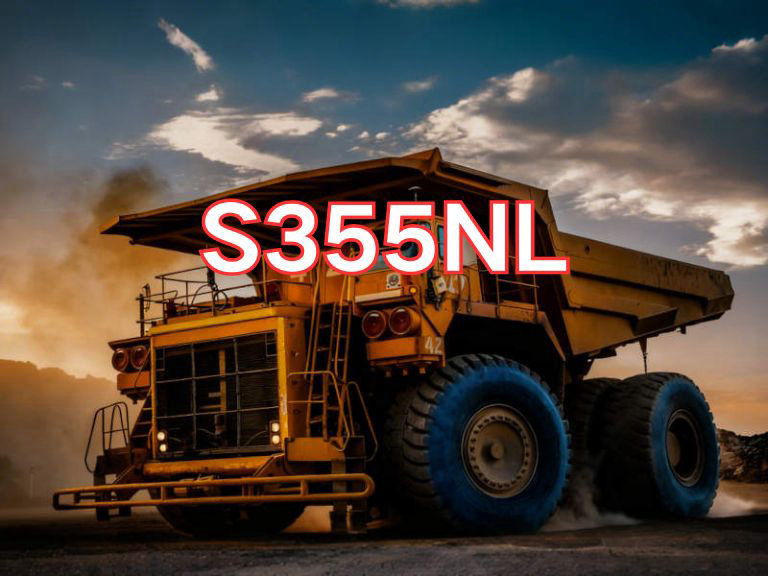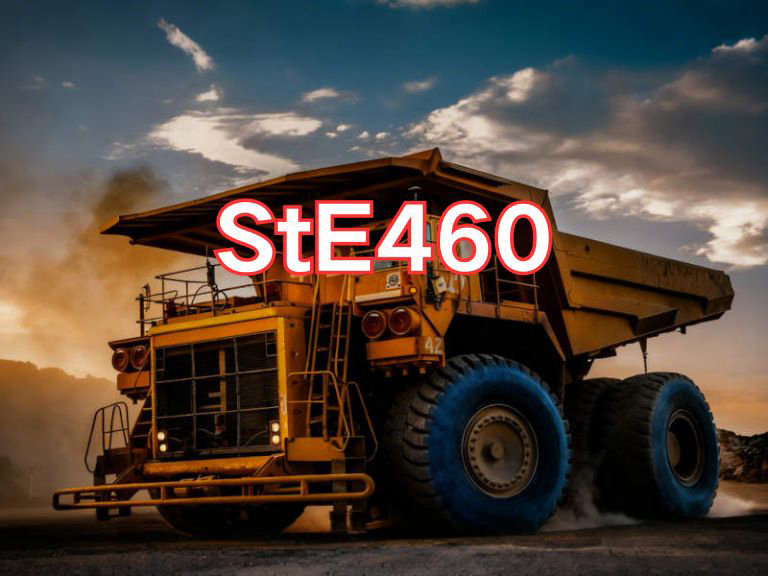

A572Gr50
A572Gr50 is a high-strength low-alloy (HSLA) structural steel plate, designated according to the American Society for Testing and Materials (ASTM) standard ASTM A572/A572M. "A572" is the standard number specifically covering technical specifications for high-strength low-alloy niobium-vanadium structural steel, and "Gr50" stands for "Grade 50," indicating a minimum yield strength of 50 ksi (approximately 345 MPa). This grade is widely used in the United States and North America and is one of the mainstream high-strength materials in construction, bridge building, and heavy structural engineering.
A572Gr50 steel plate is primarily used in structural applications requiring high strength and good weldability. Typical applications include bridge girders, high-rise building frames, towers, heavy machinery, cranes, mining equipment, transmission towers, platform structures, and various industrial facilities. With a yield strength significantly higher than that of ordinary carbon structural steels (such as A36 steel at 36 ksi), A572 Gr50 allows for reduced structural weight, lower material consumption, and decreased transportation and installation costs while maintaining safety, thereby improving project economics. It is particularly suitable for load-bearing components subjected to heavy loads or large spans, such as beams, columns, trusses, and bracing systems.
The key characteristics of this grade lie in its combination of high strength and balanced performance achieved through microalloying. A572 Gr50 typically contains small amounts of niobium (Nb), vanadium (V), and/or titanium (Ti), which enhance strength through grain refinement and precipitation hardening, while maintaining good ductility and toughness. Its carbon equivalent (CE) is well-controlled, providing excellent weldability using conventional welding processes—preheating is generally not required, or only needed for thicker plates or cold-weather conditions. Additionally, the steel offers good cold-forming capability and resistance to lamellar tearing (Z-direction properties), which can be specially ordered based on project requirements.
Currently, A572 Gr50 plates are manufactured and supplied in accordance with ASTM A572/A572M-23, “Standard Specification for High-Strength Low-Alloy Columbium-Vanadium Structural Steel.” Published by ASTM International, the latest version is ASTM A572/A572M-23 (2023). The standard specifies detailed requirements for chemical composition, mechanical properties (including yield strength, tensile strength, and elongation), impact toughness, dimensional tolerances, test methods, and inspection rules for Grade 50. As a widely recognized technical specification in North America, ASTM A572/A572M-23 ensures quality control and reliable performance, making A572 Gr50 an essential material in modern structural engineering.

Ultrasonic Testing (UT)
A key non-destructive testing technique that uses high-frequency sound waves to detect internal flaws in steel plates. The probe emits sound waves, which reflect when encountering defects such as cracks or inclusions. The receiver captures the echoes, enabling precise determination of defect location and size. With high sensitivity, strong penetration, and fast inspection speed, UT effectively ensures internal quality, widely used in the production of heavy plates, pressure vessel plates, and other high-end products to guarantee safety and reliability.

Magnetic Particle Testing (MT)
A common surface inspection method that magnetizes the workpiece, causing leakage magnetic fields at surface or near-surface defects like cracks or inclusions, which attract magnetic particles to form visible indications. Simple to operate and highly sensitive, MT is suitable for rapid inspection of surface and near-surface flaws in ferromagnetic materials, widely used for online or offline inspection of plate edges, ends, and welds, ensuring product quality and safety.

Penetrant Testing (PT)
A non-destructive method for detecting surface-breaking flaws. A penetrant liquid is applied to the cleaned steel surface, allowing it to seep into defects such as cracks or pores. After removing excess penetrant, a developer is applied, causing the trapped penetrant to bleed out and form visible indications. Simple and cost-effective, PT is suitable for inspecting surface defects in various non-porous materials, commonly used for welds, castings, and complex components, effectively ensuring surface quality of steel plates.












